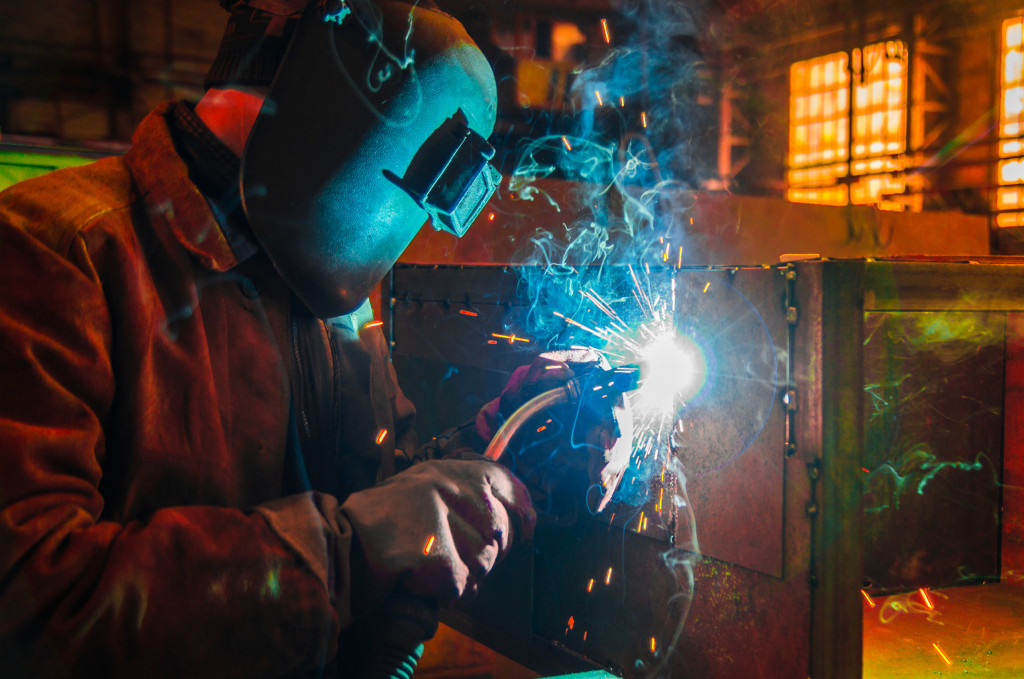As a small business owner or entrepreneur, you look for ways to reduce costs and increase efficiency. One area where you can make a huge impact is in your manufacturing process. By implementing some of the latest energy-saving technologies, you can save money and help the environment.
In today’s competitive marketplace, manufacturers are under pressure to produce more with less. This means that ensuring energy efficiency in manufacturing is more crucial than ever. There are several technologies available that can help you save energy and improve your bottom line. Here are just a few of the most popular:
Variable Frequency Drives (VFDs)
VFDs are devices that control the speed of electric motors. One of the main benefits of using these is that they can help reduce energy consumption. This is because they allow you to match the speed of the motor to the required load, which reduces the energy needed.
Hence, the amount of power needed to operate the motor lessens because it is not running at full speed all the time, which saves energy. In addition, VFDs also help to extend the motor’s life since they operate at a lower temperature than standard motors.
There are different types of VFDs available on the market. Some of the most common are:
- Pulse Width Modulation (PWM)
- Current Source Inverter (CSI)
- Voltage Source Inverter (VSI)
When choosing a VFD, there are several factors you need to consider. The most important of these is the type of motor you are using. The VFD must be able to handle the motor’s voltage and current.
In addition, you need to make sure that the VFD is compatible with your control system. Some VFDs include built-in controllers, while others require a separate controller. Make sure the VFD has the features you need, such as a frequency range that meets your needs, adjustable speeds, and programmable presets.
The ideal approach in picking a VFD is to work with a knowledgeable distributor who can assist you in selecting the best model for your application.
LED Lighting
LED lighting is one of the most popular energy-saving technologies available today. It’s a better choice for businesses because it can save you money on your energy bills. LEDs use 90% lesser energy than traditional incandescent bulbs while also lasting considerably longer. This means saving money on replacement costs and energy bills over time.
In addition, LED lights are environmentally friendly. They don’t contain any harmful chemicals, and they don’t release any toxins into the environment. This makes them a better choice for businesses that care about being green.
Process Control Software
Process control software is a type of software that helps manufacturers optimize the production process. This controls everything from the speed of machines to the ventilation system, allowing manufacturers to fine-tune the process to achieve maximum efficiency.
Process control software can help manufacturers optimize production to achieve maximum efficiency. This controls everything from the speed of machines to the ventilation system and allows manufacturers to fine-tune the process and identify areas wasting energy. In addition, process control software can help reduce costs by optimizing the use of resources such as energy, water, and raw materials.
Different types of process control software are available on the market today. Some of the most popular include:
- Industrial process control software: This software is designed for use in industrial settings. It can be used to control everything from the speed of machines to the ventilation system.
- Production process control software: Production process control software is designed for use in manufacturing plants. It can be used to optimize the production process and improve energy efficiency.
- Process monitoring software: Process monitoring software is used to track and monitor the performance of manufacturing processes. It can help identify areas where improvements can be made to increase efficiency.
- Process optimization software: Process optimization software is used to optimize the production process by adjusting parameters such as speed, temperature, and pressure.
When choosing process control software, it’s important to consider the specific needs of your business. The software should be able to accommodate the size and complexity of your manufacturing process. In addition, it should be easy to use and understand.
The best way to determine if a particular software is right for your business is to test it out. Many vendors offer trial versions or demo versions of their software. This allows you to try out the software before making a purchase.
Several technologies can help manufacturers save energy and improve their bottom line. VFDs, LED lighting, and process control software are all effective ways to reduce energy consumption and improve efficiency in the manufacturing process. Implementing even just one or two of these technologies can lead to significant savings for your business over time.


